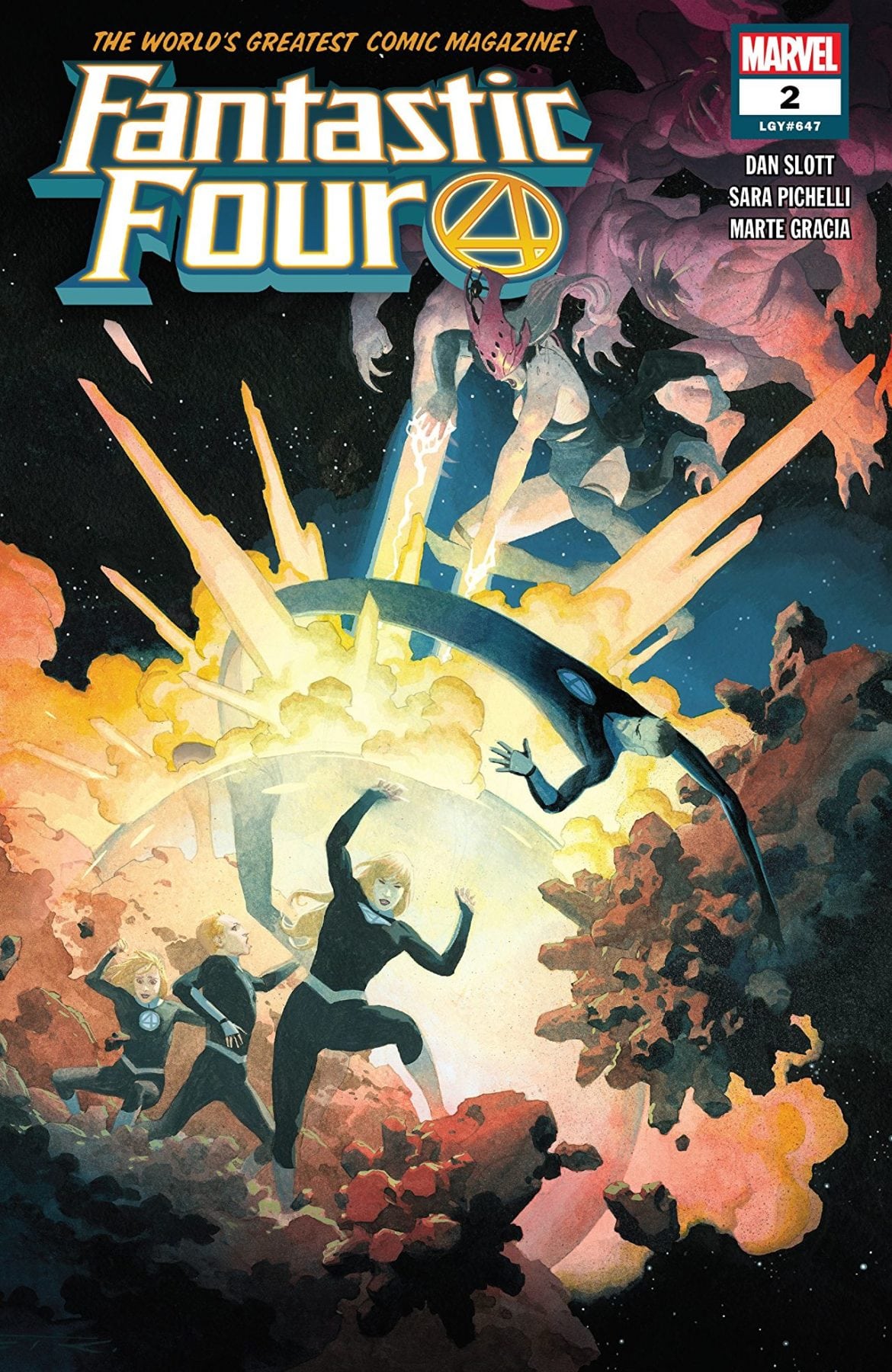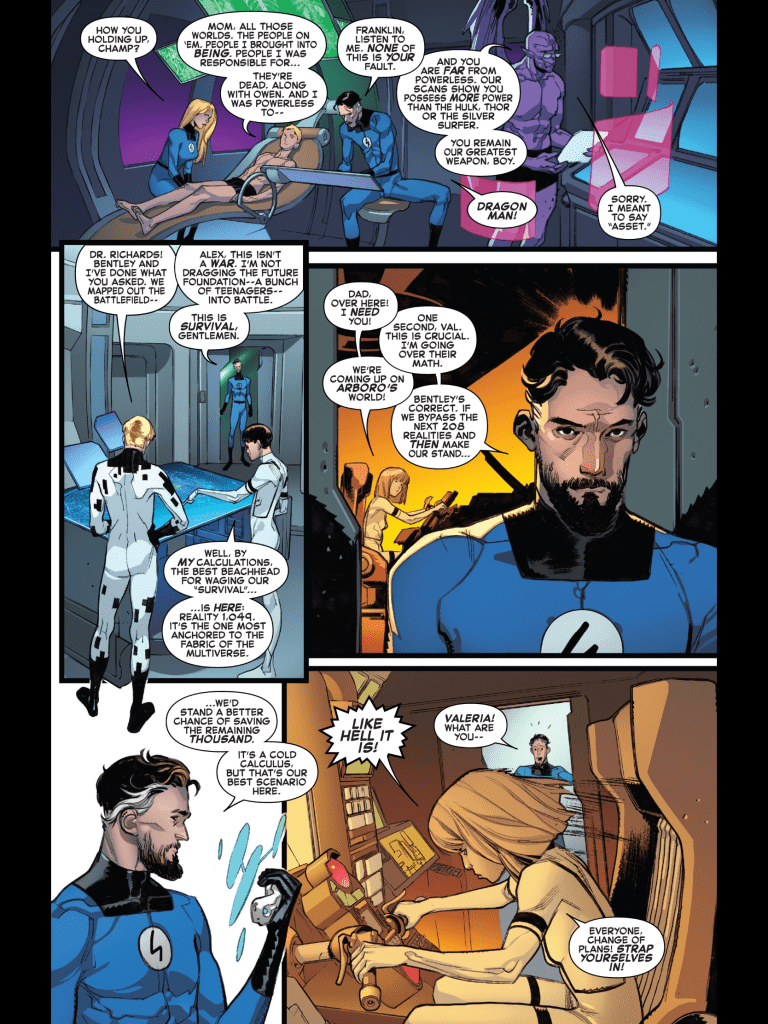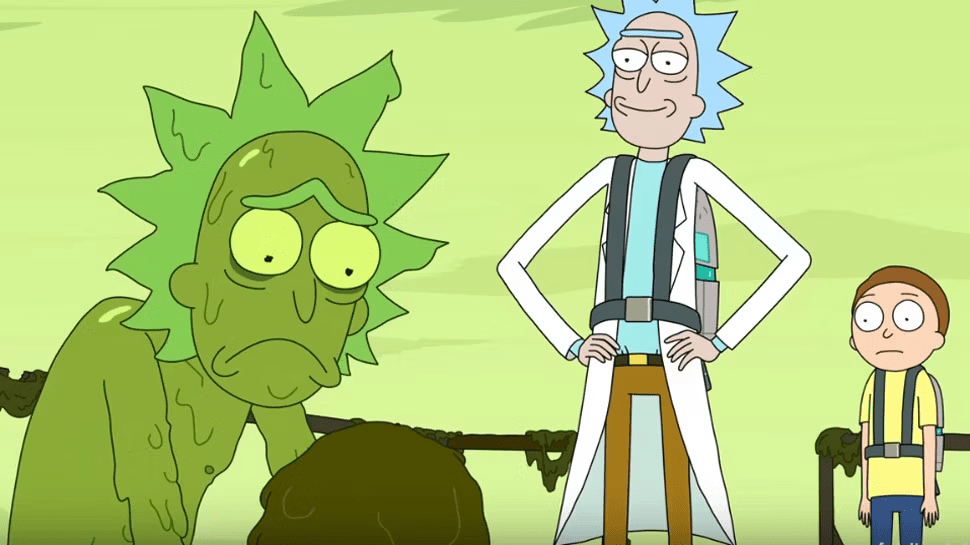It’s now the 100th Anniversary of the day that Tennessee became the 36th state to ratify the 19th Amendment, and the United States officially recognized women’s right to vote. We’re once again flying a “19th Amendment Victory Flag” to mark the occasion. I wrote about this flag last year. It’s based on the flag of the National Women’s Party, a gold, white and purple tri-color with 36 stars added for the thirty-six states that approved the amendment. The story about how the amendment passed is great. It’s also amazing that something that seems so unequivocally the right-thing-to-do by modern sensibilities came down to a single vote. You can find that story in last year’s article, 19th Amendment Victory Flag.
A turning point in that story involved a political cartoon where Carrie Chapman Catt, the president of the National American Woman Suffrage Association, was sweeping the letters “RAT” toward the letters “IFICATION,” symbolizing the campaign to support the amendment. When I was thinking about what to write this year, I spent some time looking for that political cartoon. If you’ve read this blog, you know I like to write about comics and I like to write about history and flags. History and flags are part of the “The Universe and Everything” part. Anyway, at some point I put “Carrie Chapman Catt” and “Cartoon” into duckduckgo.com and I stumbled upon something in the nice triple intersection of the Venn diagram that’s implied above. Ha! Math! There’s another thing!
I’ve always considered DC Comics to be the more conservative of the two major comic book companies. They were static for a long time while Marvel was innovating and they were so dedicated their own house style that they had other artists redraw Jack Kirby’s pictures of Superman when he was working on Superman’s Pal, Jimmy Olsen. I get that those are small-c conservative, but you have to admit that’s pretty conservative. It’s like putting pants on Michelangelo’s David.

But there were pockets of progressive-ism as pointed out by Tim Hanley on his blog, The 1940s Justice Society Of America Were A Surprisingly Progressive Bunch. That’s well worth a read as is his post on Wonder Woman’s place in the JSA.
So, what was in that intersection mentioned above? “Wonder Women of History” a back-up feature that ran in Sensation Comics and Wonder Woman for twelve years starting with Wonder Woman #1 in 1942. Each issue featured a short biography of 1 to 5 pages, full of cheesiness and hyperbole. These included the stories of figures like Abigail Adams, Joan of Arc, and Marie Curie. Among the women featured were two important leaders of the suffrage movement taking us from the Seneca Falls Convention to the passage of the 19th Amendment.
And in honor of the Centennial that Amendment, here is the biography of Susan B. Anthony from Wonder Woman #5 (June-July 1943).





We also present the reason for the search result; Comic Vine tells me that Carrie Chapman Catt is a comic book character in Wonder Woman #26 (November-December 1947). That has the incongruous title of “Speed Maniacs from Mercury.” Luckily, that’s not the story in which Mrs. Catt appears.




Eventually, Wonder Woman of History was replaced with makeup tips and advice on landing a husband because DC is so progressive. But the Wonder Women of History were fun while it lasted. If you like these, there are a lot more here. It was nice when comics tried to educate as well as entertain.
References:
- 19th Amendment Victory Flag accessed 18 August 2020
- The 1940s Justice Society Of America Were A Surprisingly Progressive Bunch accessed 18 August 2020
- Comic Book Urban Legends Revealed #105 accessed 18 August 2020
- Wonder Women of History accessed 18 August 2020















